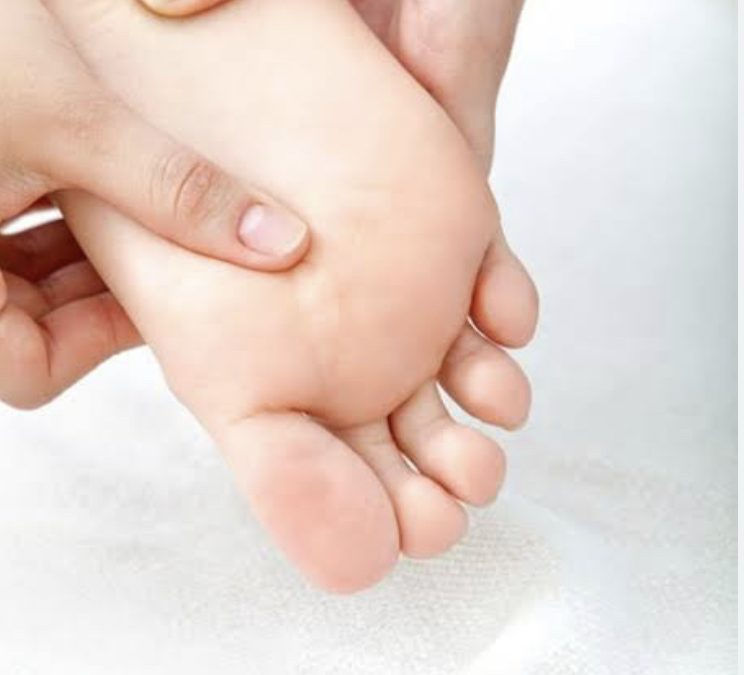Achilles Tendinopathy: Insertional vs. Non‑Insertional
- Dr. Angela Walk

- Jun 25
- 2 min read

The Achilles tendon—the strongest in the body—connects calf muscles to the heel, enabling walking, running, and jumping. When injured, it can become weak, thickened, and painful—a condition known as Achilles tendinopathy.
There are two primary types:
Non‑Insertional (mid‑portion): Located 2–7 cm above the heel.
Insertional: At the point where the tendon attaches to the heel
1. Insertional vs. Non‑Insertional Achilles Tendinopathy
Feature | Non‑Insertional | Insertional |
Location | Mid‑tendon, 2–7 cm above heel | At tendon insertion on calcaneus |
Typical Patients | Younger, more active (runners) | Any age, can be from calf tightness or heel deformities |
Symptoms | Pain/stiffness mid‑tendon, swelling, worse with activity | Pain at heel insertion, bone bump (Haglund’s), morning stiffness |
Best Conservative Strategy | Eccentric loading, progressive resistance | Modified eccentric exercises (no heel drops), slower transitions to loading |
Bone Involvement | Rare calcification | Common – bone spurs often present |
2. Why Progressive Loading Is Key
Tendons respond to load, not rest. Eccentric and heavy slow resistance training have shown to:
Reduce tendon thickness
Improve pain and function—especially in mid‑portion cases
Promote tissue remodeling and durability
The classic Alfredson protocol (3 sets of 15 reps, twice daily for 12 weeks) is effective—with modifications for insertional cases to avoid aggravating the heel
3. Natural Treatment Plan
Step 1: Transition to Functional Footwear
Choose zero-drop, wide-toe, flexible shoes to restore natural calf‑tendon mechanics.
Take a look at my Approved Shoe List for the footwear that I approve and recommend for AT and other foot conditions.
Step 2: Remove Fascial Adhesions

Every 2 days, use a stainless steel tool on calves, tendon, and soleus to improve mobility and healing.
Step 3: Implement Progressive Loading
Progressive loading is the method of gradually increasing the difficulty or intensity of rehab efforts over time.
There are 4 exercises below. Start with exercise number one and perform 2-3 set of 12-15 reps every other day.
In 2 weeks, incorporate exercise number 2. In another 2 weeks, add exercise number 3 and so on.Follow this 4-phase plan, adding one exercise every 2 weeks:
Phase 1: Calf Raises with Ball Between Heels,(Squeeze ball during lift/lower)

Phase 2: Slant Board Calf Raises (Increases ankle dorsiflexion and load)

Phase 3: Eccentric Heel Drops (Both legs rise; single-leg slow descent, alternating) – ideal for mid‑portion. Modify for insertional (flat ground only).

Phase 4: Single‑Leg Calf Raises Builds unilateral strength and tendon

Perform 2–3 sets of 12–15 reps every other day. Each step builds on the last.
4. Treatment Differences by Type
Non-Insertional:
Full Alfredson protocol
Can progress to heavy slow resistance
Use slant board, eccentrics, single-leg
Insertional:
Start flat-ground only
Avoid slant board or deep calf stretching
Gradually work toward eccentric drops when less painful
5. Beyond Exercises: Complete Recovery
Calf mobility: Regular fascial release
Zero-drop barefoot work: Restores natural tendon alignment
Strength training: Heavy slow resistance, 3s concentric + eccentric cycles
Load progression: After 12 weeks, gradually reintroduce higher impact (running, jumping)
Final Takeaways From Dr. Angela
Identify your type: insertional vs. non‑insertional using the table above.
Progressive loading is essential—don’t underload.
Combine mobility, footwear changes, and strength work for lasting recovery.
Modify techniques based on tendon location to avoid setbacks.
Best of Foot Heath,
Dr. Angela
The Plantar Fasciitis Doc

➡️ Work With Me







Comments